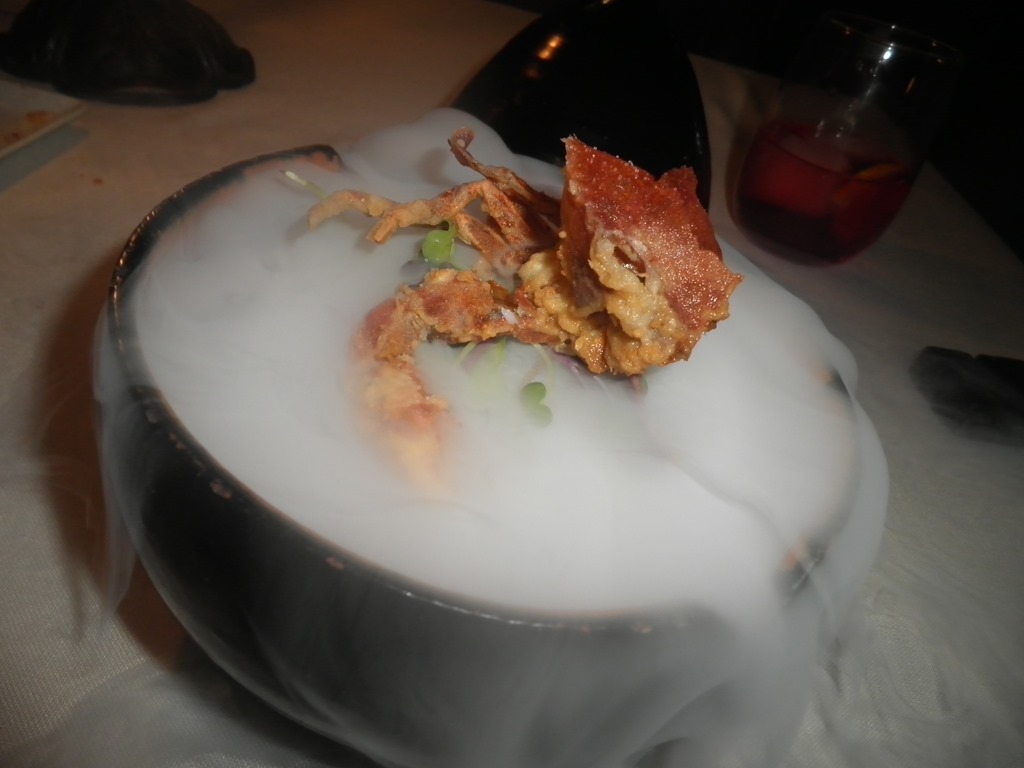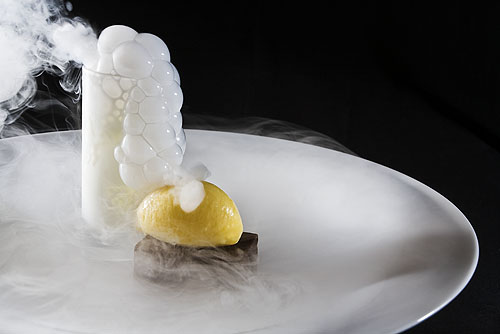Today, sub-zero cooking is a reality. The experiments carried out by modern chefs who dare to try all sorts of techniques to find new flavours and textures that revolutionise the world of gastronomy have made it possible for even ice and extreme cold to have their place. And the results are more than surprising.
Because not everything in this world has already been invented. And, least of all, in the culinary sector. Catering evolves and produces geniuses who are capable of revolutionising the gastronomic scene. Some have been able to develop a freezing system based on the use of food-grade CO2 in its liquid phase. Yes, it sounds strange, but this is an instantaneous and safe cooling system…
What is the secret? Basically, the key is in that ice cubes treated with the cooler – spectacular because of the smoke it gives off – do not melt so quickly which, therefore, means that the cocktail is not watered down. For example, 40 minutes after it has been served, a gin tonic is still at 1º, a perfect temperature for its consumption. It never loses its original flavour.
But this does not only apply to cocktails. Dry ice has many gastronomic uses which give it a wide catalogue of recipes that range from carbonating an infusion or a fruit, to creating froth, making ice-cream or even making a sponge cake in the microwave based on the fermenting of a mixture achieved by a cube of dry ice placed in a siphon.
There are no limits, apart from those imposed by the chef him/herself. Using the sublimation technique you go from the solid to the gaseous state without passing through the liquid one which means that you achieve the smoke effect which, as well as being stunning, also serves to increase aromas and has other very handy uses to create a spectacular presentation. Would you dare to try and do it yourself?




